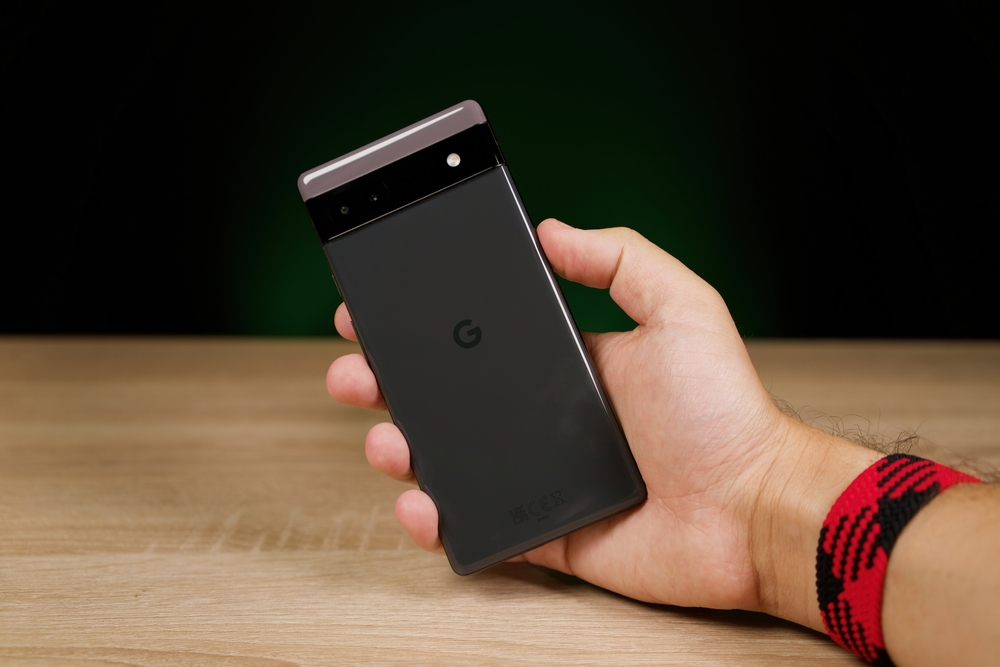Google Pixel, the smartphone launched in 2016 by Alphabet (formerly Google), has made significant inroads into the Japanese market. It has taken a good bite out of Apple iPhone’s dominance in the land of the rising sun, achieved a record 12% market share in the second quarter, a sixfold improvement from the same period last year.
Google’s Pixel: Apple killer?
Apple’s iPhone, which has long enjoyed a dominant position in Japan, saw its market share go from 58% to 46%. This seems to account for almost the same amount by which Google’s Pixel has risen.
A query in Google posing a question “Is Google pixel better than Apple?” has yielded the following reply: “You should pick the Pixel if you want more bang for your buck, more camera features, the best of Google services, quick Android updates, and a smarter voice assistant. You should pick an iPhone if you rely on Apple services and already own other Apple devices.”
Regardless of whether Google has in any way “improved” this reply, the numbers from Japan seem to back the general consumer sentiment we are seeing in Japan.
Are the Japanese cutting back?
The decline in iPhone sales seems to coincide with the increasing price tags across iPhone’s product line. Nevertheless, it remains unclear whether there is a direct correlation between the two.
The surge in Google Pixel's popularity did not happen overnight. It comes after years of lackluster performance and disappointments on the Japanese market.
If confirmed, however, the jump may indicate deeper changes in Japan's smartphone industry. Although Apple still retains a significant portion of the market, the rise of Google Pixel suggests that Japanese consumers are indeed exploring other options.
Both Apple and Google have solid fundamentals
Apple's market cap stands at a staggering $2.66 trillion with a Price-to-Earnings ratio of 28.48, indicating a strong market performance despite the recent decline in Japan.*
Traditionally, Apple has adopted a buyback policy for its shares and delivers for investors high returns on invested capital.* Additionally, the company's strong earnings globally should allow the company to keep up the good tradition of regular dividend payments. Apple is in its 11th consecutive year of paying out dividends, which has become a favorite feature of Apple investors.
Is Google playing catch-up?
Google’s market cap is whole trillion dollars lower than Apple’s and stands at $1.65 trillion.* It has a Price-to-Earnings ratio of 27.66, while benefiting from a considerable price uptick over the past six months. On its balance sheet, the company holds more cash than debt and has been a prominent player in the Interactive Media & Services industry.
Like its rival Apple, Google also regularly delivers high returns on invested capital and operates with a high return on assets.* However, Google, unlike Apple does not pay any dividends to its shareholders.
Although, we don’t have a definitive proof of what caused it, Google Pixel's gains seem to have come at the expense of iPhone's market share in Japan.
* Past performance is no guarantee of future results


